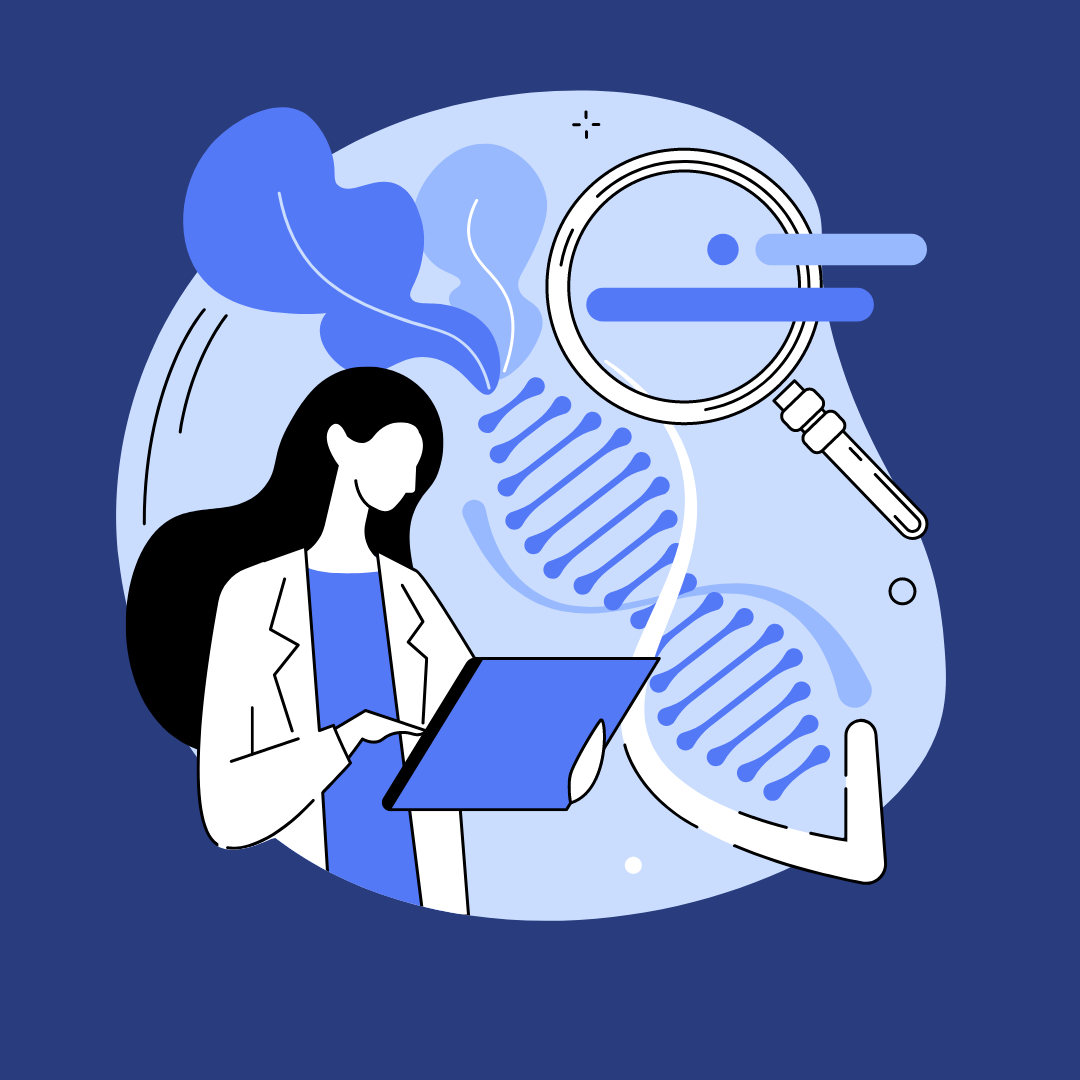Aggregated News

Some newly reported clumps of cells growing in lab dishes have been hailed as the closest things to human embryos that scientists have ever made in the lab.
These entities are human embryo models — masses of cells created from stem cells that mimic some properties of certain stages of embryo development. The achievement gives researchers a chance to look at human development beyond the first week or so, when an embryo must implant in the uterus to develop further. That post-implantation stage hadn’t been re-created in lab dishes — until now.
Six studies reported in June and July describe the embryo models, which have generated excitement and concern in equal measure.
For researchers working on these embryo models, the faux embryos are new tools to gain insight into the “black box” of human development, after embryos implant in the uterus. They are useful because donated human embryos are in short supply, and there are limits on the types of experiments researchers can perform on them.
About 60 percent of pregnancies fail just before, during or soon after implantation, developmental...



